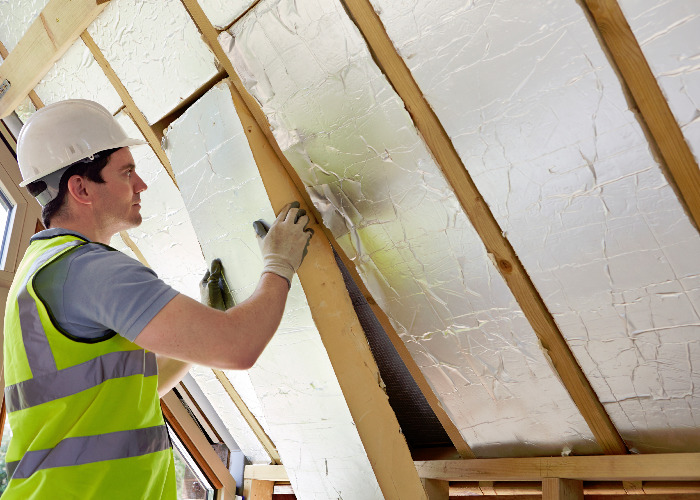Government axes funding for Green Deal ‘to protect taxpayers’

No more funding for Green Deal loans and Home Improvement Fund.
It's the end of the road for the Green Deal following a review of energy policies by the Department of Energy and Climate Change (DECC).
The Government says it will provide no further funding to the Green Deal Finance Company (GDFC), which administers loans for the scheme, in a move ‘to protect taxpayers’ following low take-up and concerns about standards.
It’s also scrapping any future funding releases for the popular Green Deal Home Improvement Fund cashback scheme in order to curb spending.
Energy Secretary Amber Rudd said the Government would work with the building industry and consumer groups on a new ‘value-for-money’ approach to help make homes more energy efficient.
The Green Deal: a short history
The Green Deal was launched by the Coalition Government in July 2013 to help people find energy-saving improvements that could be made to their homes and provide financial help to carry them out.
The scheme helped with getting a property assessment, finding companies to carry out the work and gave access to options to pay for the improvements like the Green Deal loan and the Green Deal Home Improvement Fund.
A Green Deal loan from the GDFC was an option to help pay for energy improvements like cavity wall and loft insulation, which would then be paid back through savings made on the household’s electricity bills.
However, getting the loan was complex, the interest could be high (between 7% and 10%), there was no guarantee savings would outweigh the repayments and many people were put off by the fact that the loan was linked to the property not the individual.
That said since the scheme launched over £100 million worth of applications for Green Deal loans have been processed according to the GDFC. Plus government statistics show that, by the end of June 2015, enery-saving measures had been installed in around 10,000 properties using Green Deal finance, with an additional 5,600 Green Deal finance plans currently in progress.
But the Green Deal Home Improvement Fund was much more popular.
It allowed households in England and Wales to claim cashback for solid wall insulation and up to two other energy efficiency improvements.
The scheme received fresh funding every quarter, but was often oversubscribed.
The most recent release of funding was worth £70 million. It was made available from midday on Monday 16th March, with a maximum of £5,600 per household. The £24 million set aside for solid wall insulation had been claimed within two weeks. But there is still money left for the ‘two measures’ side of the scheme.
What happens now?
The Government says its decision has no impact on existing Green Deal Finance Plans or existing Green Deal Home Improvement Fund applications and vouchers.
The remaining funding for the ‘two measures’ on the Home Improvement Fund will close to applications on 30th September 2015 or when the remaining £4 million of funding runs out. Those that already have vouchers will be able to redeem them by the expiry date stated.
The GDFC confirmed loan applications in its systems as of 3.30pm on 23rd July would still be eligible to be funded and all repayments due under existing Green Deal Plans will continue to be collected over the lifetimes of the deals.
But the firm said it would not be able to quote for further Green Deal applications or accept any new applications for finance in order to stay solvent. The firm said that the total number of outstanding Green Deal plans and applications stands at £60.76 million.
The government is now working on a new 'value-for-money' scheme to help achieve its target of driving down energy bills for one million more homes by 2020. But it says the Energy Company Obligation (ECO) scheme will continue to provide support this year to low-income and vulnerable households in the meantime.
Compare energy tariffs with loveMONEY
More on household money:
Government delays care cost cap until 2020
Comments
Do you want to comment on this article? You need to be signed in for this feature